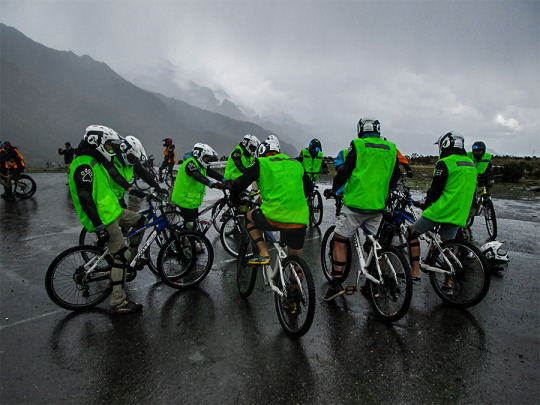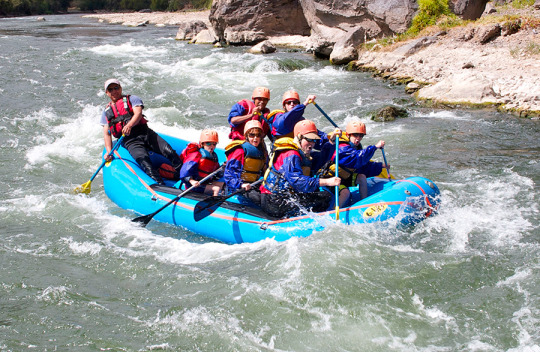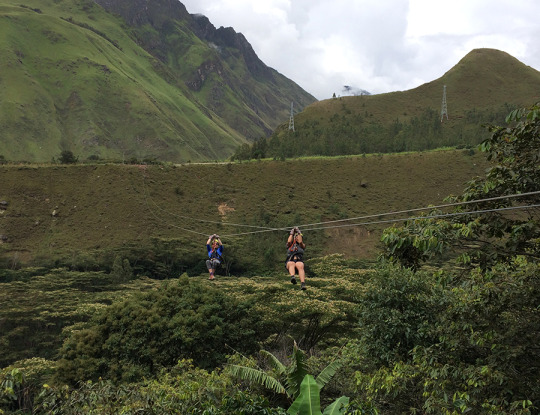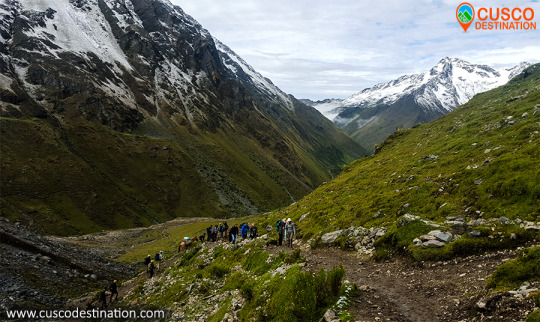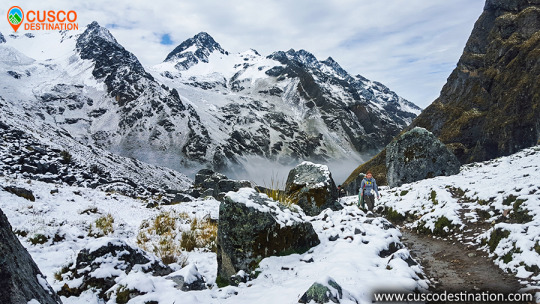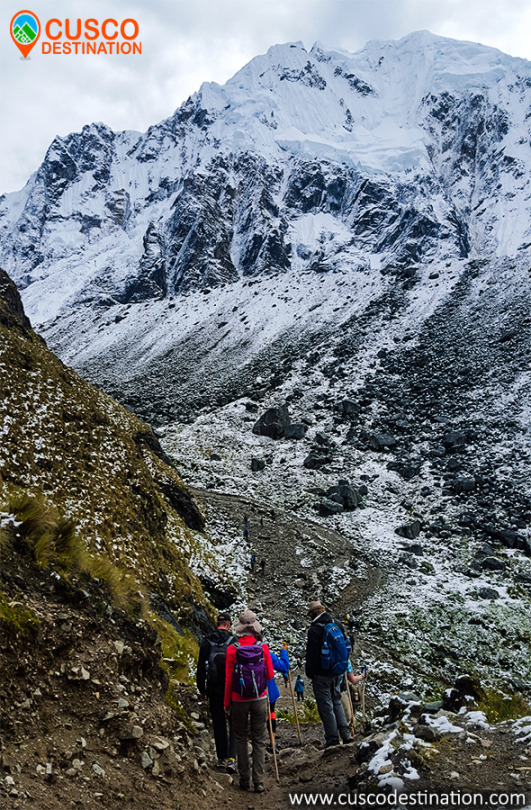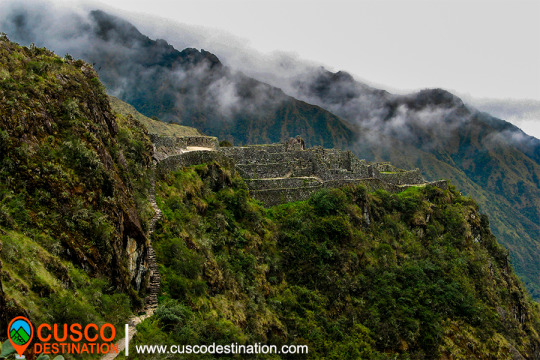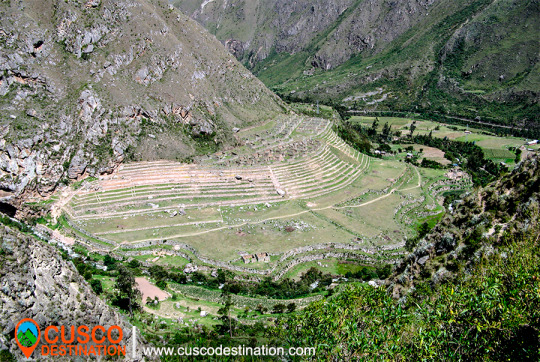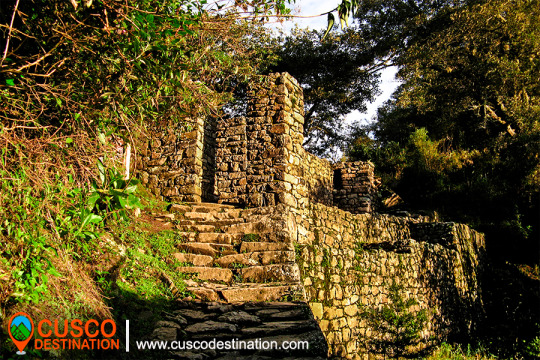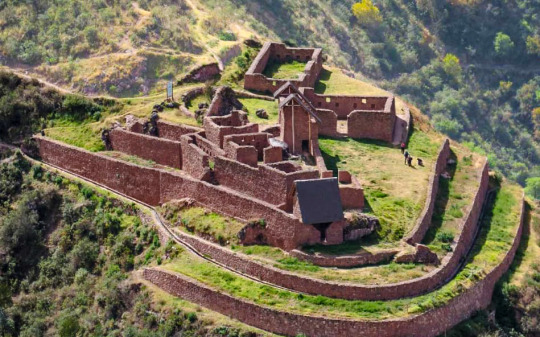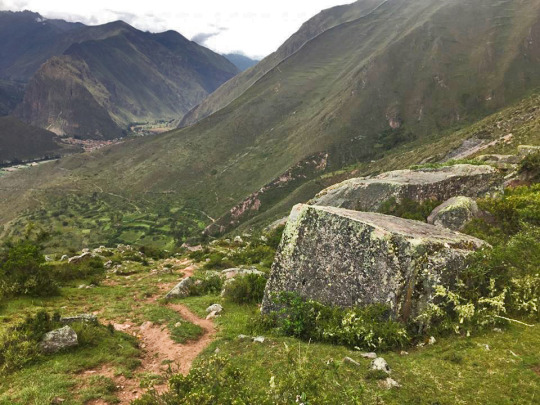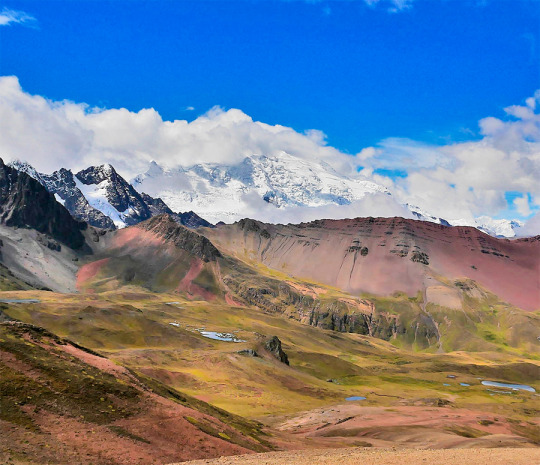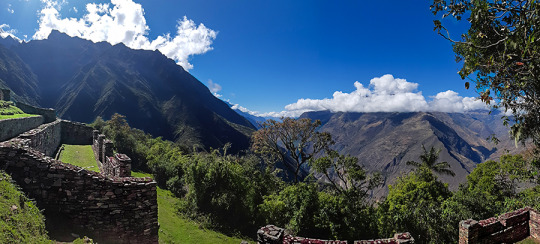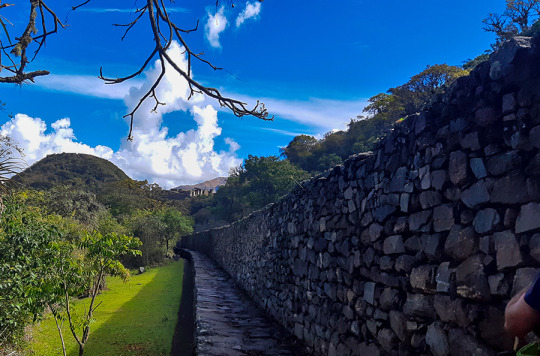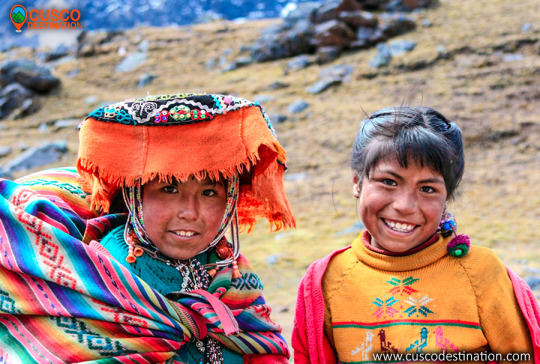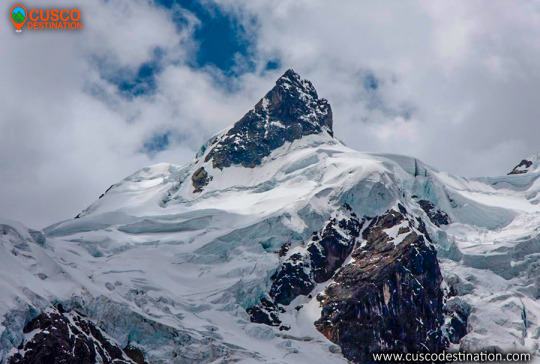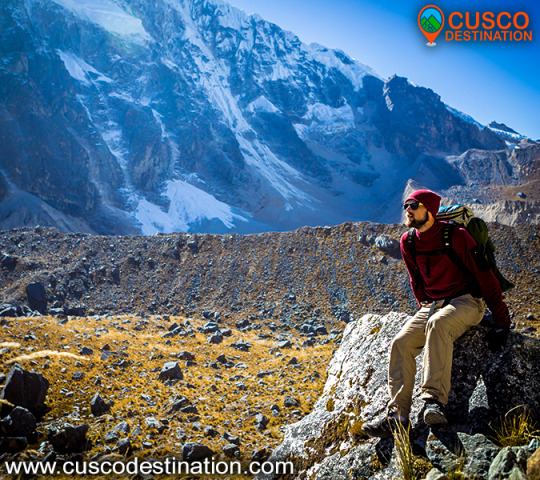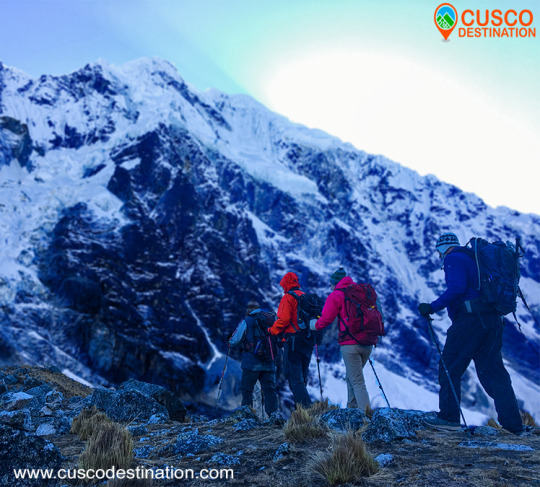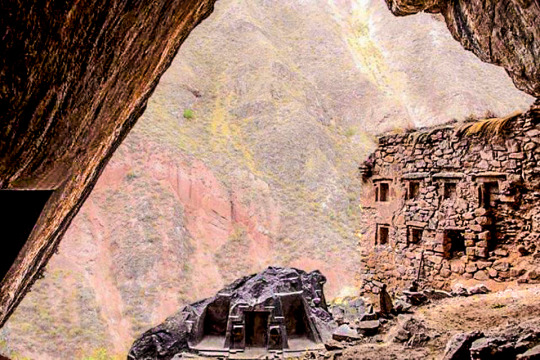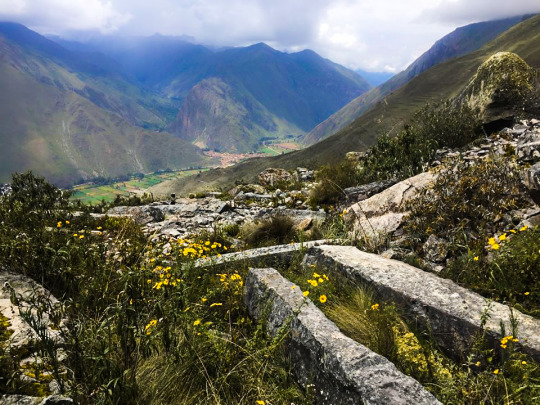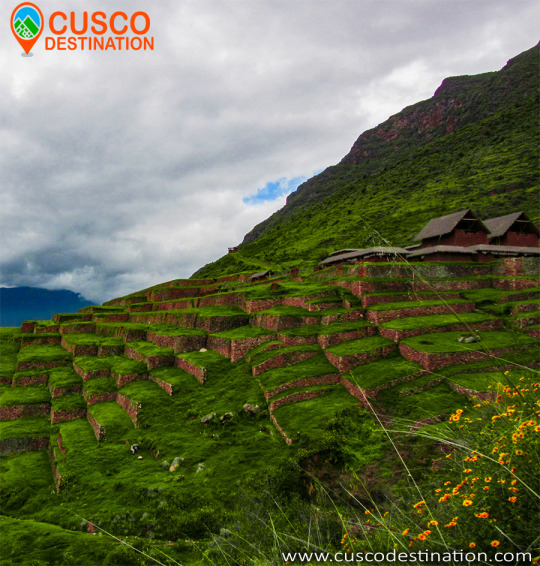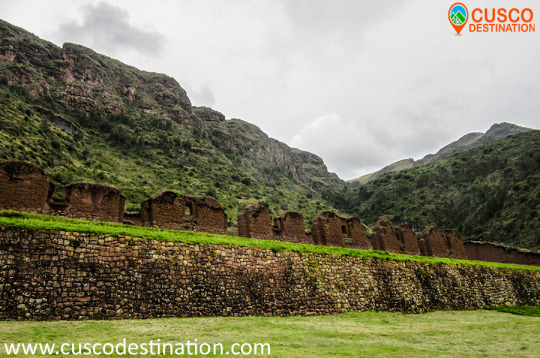The Lares valley is located in the Sacred Valley of the Incas, on the way to Machu Picchu, making a detour in the town of Calca to start the trip to the Lares valley, in Calca one can stop to buy provisions, with water , cookies and fruit, you can also enjoy a delicious breakfast in the main market of the town of Calca, it is recommended to leave early
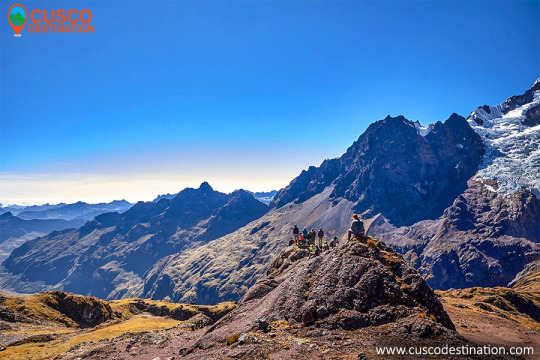
Lares has allowed to maintain the nuance of its Andean people even though it is located at a distance not too far from the Sacred Valley, this valley is very pleasant for walks, experiential tourism, and a dip in its hot springs as well as the baths Machu Picchu hot springs, if you do the Lares trek it is normally 4 days, including Machupicchu this is the most common thing that travelers do.
The thermal baths in the Lares valley, said baths have a separate mention since the one who goes to Lares goes to the thermal baths, I am baths are medicinal and relaxing and are characterized by their color and smell, the yellowish color and a sulfur smell since these waters probably come from a volcano, particularly it is not known exactly where they come from, the thermal baths of Lares are very hygienic and are contained in pools made of very well treated stones, these pools are cleaned daily and They maintain a cleanliness at the height of the visitor.
This route offers a unique experience, an tourism route that gives us an unforgettable experience in the heights of the Sacred Valley. In the Lares Valley besides enjoying beautiful scenery you can enjoy a beautiful experience living with the local people, who will receive us with open arms showing the most beautiful thing about this place ... its "simplicity". On this route you can also enjoy the medicinal thermal baths, appreciate andean lagoons, snow-covered mountain passes and finally visit the Inca citadel of Machu Picchu.
Useful Information
- Starting Altitude - 2900m / 11151ft.
- Highest Altitude - 4780m / 15,682 ft
- Walking Distance - 34 km / 21 miles
- Longest Day - Day 1, approximately 14km / 8.7 miles
- Overall Difficulty - Moderate - Difficult
IMPORTANT INFORMATION:
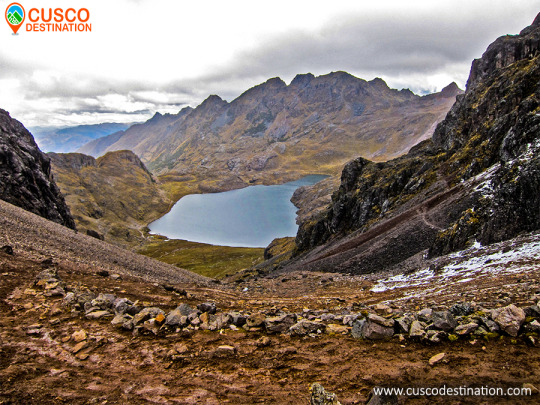
In the thermal baths of Lares there are 6 large swimming pools at different temperatures between 36 and 44 °C, you can choose to relax quietly, they are ideal for treating bone and gastrointestinal diseases.
Lares is surrounded by a mountain range that includes the Nevado Veronica (5900m high), the Sawasiray (5700m high), the Pitusiray and Chicon (5500m high). Small communities of Quechua-speaking farmers inhabit this recently-explored territory, who preserve their customs of herding llamas and alpacas, potato cultivation and textile production.
The recommended dates for traveling are the months from April to November with no rain in these months the climate is sunny, with a blue sky all day.
Machu Picchu is one of the 7 Wonders of the Modern World, Heritage of Humanity, Historical Sanctuary of Peru and probably the most important archaeological site in Latin America.
Machu Picchu is majestic architecture comprises 140 structures throughout the citadel.
Machu Picchu is was built by the Inca Pachacutec around the year 1460
After being forgotten, it was only in 1911 that the American Hiram Bingham reached Machu Picchu on an expedition and spread the site worldwide.
Brief Itinerary
- Day 1: Cusco – Sacred Valley – Huaran – Cancha Cancha – Acopata
- Day 2: Acopata – Pachacutec Pass – Quishuarani
- Day 3: Quishuarani – Cuncani – Lares Hot spring – Ollantaytambo – Aguas Calientes
- Day 4: Machu Picchu - Cusco
LARES TREK TO MACHU PICCHU ITINERARY:
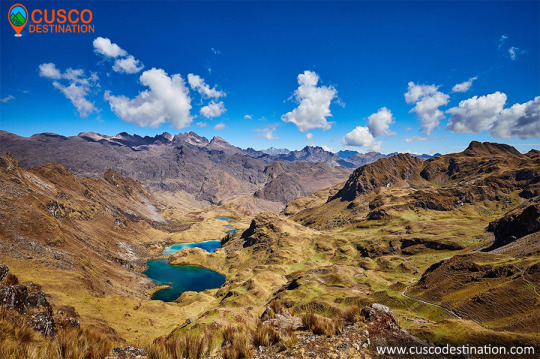
Day 1: Cusco – Sacred Valley – Huaran – Cancha Cancha – Acopata
We will pick you up early from your hotel to take you to the beginning of the hike at Huaran (3,000 m/9,840 ft). The trail climbs gently following the Cancha Cancha river towards the community of the same name. On this walk along the river we will see cultivated fields and pass through old qiwiña (Polylepis) forests. This type of vegetation is very interesting and the valley itself is very impressive. We will have lunch half way through the hike. We will pass by the village of Cancha Cancha (3,956 m/12,976 ft). on the way to our camp. this day we will walk 6 hours to our camp in Acopata.
Day 2: Acopata – Pachacutec Pass – Quishuarani
After our breakfast we will continue with our hike up hill, for 3 hours, then we will reach the highest point of the trek, Pachacutec Pass (4,780 m/15,678 ft.). The landscape from here is wonderful. The Pitusiray and Sahuasiray snowcapped mountains will be right in front of us.
After we will hike downhill for 2 hours until we reach our lunch spot, next to a captivating lake.
After Our lunch we will descend for another 2 hours into the valley. We will pass by several glacial lakes along the way. Also we can see herds of alpacas, llamas and sheep. It is also possible to see Gray Brocket Deer, Viscachas, Andean Geese, the rare Giant Coot, Puna Hawks and the impressive Andean Condor. Tonight we camp at 3,870 m/12,694 ft close to Quishuarani village, which has typical stone houses
Day 3: Quishuarani – Cuncani – Lares Hot spring – Ollantaytambo – Aguas Calientes
After Our Breakfast, we walk another valley and climb up to the second pass at Willcaccasa mountain (4,458 m/14,622 ft) , for 3 hours. Again the landscape of the Andes, turquoise lakes and its beautiful valleys are impressive.
After the pass we will walk downhill for 2 hours, passing many awesome lakes. This takes us to Cuncani village (3,900 m/12,792 ft).
We then continue downhill for 3 hours towards the Lares Valley and its hot springs, where we can have a well deserved soak. This is also our lunch spot.
Then that we are fully relaxed, we will get in our private van, which will be waiting for us, for the 3 hour drive to Ollantaytambo (2,792 m/9,158 ft). We will have dinner in Ollantaytambo. After dinner, we will take the train to Aguas Calientes. We’ll spend the night there before climbing the Inca citadel of Machu Picchu.
Day 4: Machu Picchu - Cusco
After an early breakfast at the hotel, we walk uphill to Machu Picchu at 5:00 am. or take the bus from Aguas Calientes to Machu Picchu (Optional bus $16 each way), upon arrival at the Citadel we can appreciate the enigmatic beauty and the incomparable example of architectural perfection and hydraulics of one of the 7 Wonders of the Modern World, we will have a guided tour of about 2 hours, where we can appreciate the Main Plaza, the Circular Tower, Intihuatana, The Royal Quarters, the Temple of the Three Windows and the Cemetery, you are then given free time to stroll around the citadel . You will have all morning in Machu Picchu to take pictures, maybe to climb the Wayna Picchu or Machu Picchu Mountain, enjoy this mystical place. Then we´ll descend by bus to Aguas Calientes for lunch and then calmly return by train to Ollantaytambo where our tourist transport to the city of Cusco will be expecting us, and will later transfer you to your hotel.
OTHER ACTIVITIES:
Climb up Huayna Picchu and appreciate the beauty and magnificence of Machu Picchu from there (We recommend that you book in advance) Not Included
Climb Machu Picchu Mountain and appreciate the beauty and magnificence of Machu Picchu from there (We recommend that you book in advance) Not Included
Visit the new local museum or the hot springs in Aguas Calientes later in the day. Not Included
- Meals: Breakfast
- Tour: 2 hour guided tour of Machu Picchu
MORE INFORMATION OF LARES TREK TO MACHU PICCHU






